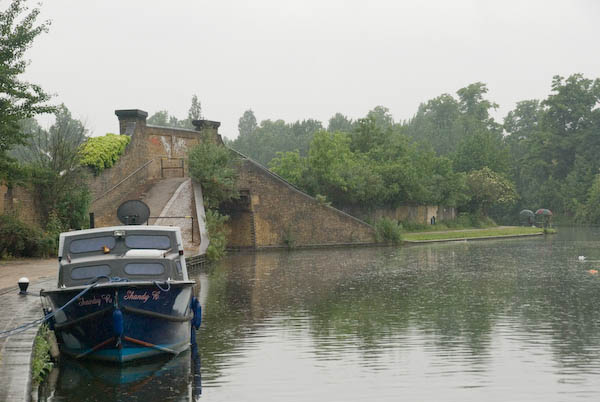From the beginning, photographers have always had a thing about water. Of course it’s inherited from painting, as a quick walk around almost any art gallery, at least of work before the twentieth century, will soon confirm. Walking around art galleries is always useful exercise for photographers, and in London we are peculiarly blessed with both the National Gallery and the National Portrait Gallery adjoining Trafalgar Square where I’m often photographing events, and Tate Britain a short and pleasant walk from Parliament Square, where I’ll drop in and say hello to Brian Haw even if there is no other demo taking place. These galleries are also handy places to dry out when you’ve got soaked photographing in the rain.
In the first decade or two of photography, exposures were long, and one of the great challenges was to photograph waves. I wrote recently on ways to photograph water, and mentioned the success of John Dillwyn Llewelyn in an image of waves breaking on the Welsh coast in the early 1850s.
Water was essential to the wet-plate process that he used, where the photographic plate had to be coated and made sensitive to light on the spot, then exposed and developed before it dried to form a hard, impermeable skin. Of course water remained essential to photographic processing until the advent of digital, but we didn’t need to do the business on the spot. Even now, large quantities of water are needed for the manufacture of digital cameras, computers and the other equipment we need. Truly water is essential for life!
Few photographers, even the most cynical of us, are not occasionally seduced by the reflections of our subject in a smooth pool or broken by ripples, even though we know such things have already been done to death (and there is much evidence of this demise on Flickr and elsewhere.)
I’m trying hard to remember which the photographer was when asked for his definition of photography replied “never anything shot on a beach” or words to similar effect. I don’t think it was me, though I have a certain sympathy with the sentiment. As in the same way I used to call for a moratorium on the sale of colour film in the “Fall”, so aptly named by Americans. O Kodachrome, O tempora, o mores!
So when I agreed to take a walk with Linda and Samuel along some of London’s canal system last Saturday, did I stick to my principles and leave the camera at home? Of course not. From Mile End, we walked not to Paradise, but Willesden Junction by way of Kensal Green.

Grand Union Canal (Paddington Branch) at Kensal Green, steady rain.
(C) 2007, Peter Marshall
Water, at least towards the end of our journey was certainly everywhere, with an intense fine rain falling constantly as we walked the last few miles, although for once I managed to keep most of it out of my Nikon. Perhaps the canal looks at its best in rain?
More pictures from the walk in My London Diary, May 2007
Peter Marshall